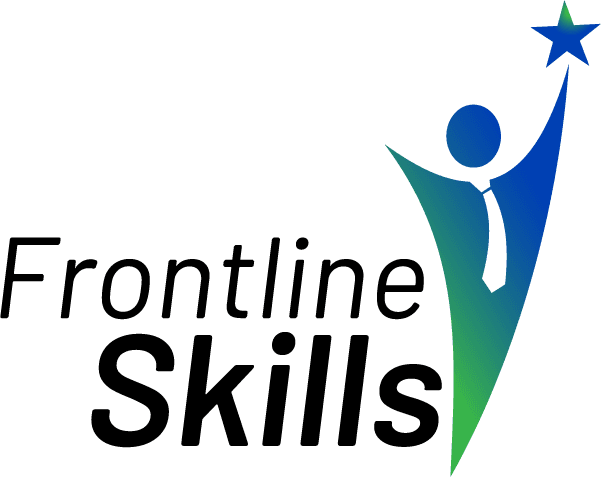
Introduction to Basic Financial Literacy for Beginners
This Basic Financial Literacy Training aims to provide beginners with a solid foundation in understanding and managing personal finances. Participants will learn essential financial concepts like budgeting, saving, investing, debt management, and financial planning. The goal is to equip individuals with the knowledge to make informed financial decisions and achieve long-term financial stability.
Learning Goals:
By the end of the course, participants will:
- Understand Basic Financial Concepts: Learn about income, expenses, assets, liabilities, and net worth.
- Create and Manage a Budget: Learn how to track income and expenses, and how to create a sustainable budget.
- Develop Savings Habits: Understand the importance of saving and different savings strategies.
- Understand Debt and How to Manage It: Learn about different types of debt and strategies for managing and paying off debt.
- Introduction to Investing: Gain an understanding of basic investment concepts, risk, and the importance of starting early.
- Plan for the Future: Learn about retirement planning, insurance, and long-term financial goals.
- Make Informed Financial Decisions: Build the confidence to make better decisions about spending, saving, and investing.
Course Contents:
Module 1: Introduction to Financial Literacy
- What is Financial Literacy? Understanding its importance in daily life
- Financial Terminology: Key terms such as assets, liabilities, income, expenses, equity, and net worth
- The Importance of Financial Literacy: How financial knowledge impacts personal and professional life
Module 2: Budgeting and Money Management
- What is a Budget?: Definition and importance of budgeting
- Creating a Budget: How to track income and expenses
- Fixed vs. variable expenses
- Setting realistic financial goals
- Tools and apps for budgeting (spreadsheets, budgeting apps)
- Managing Cash Flow: Balancing income, expenses, and savings
- Identifying Spending Traps: Recognizing unnecessary expenses and controlling impulse spending
Module 3: Understanding and Managing Debt
- Types of Debt: Good vs. bad debt (e.g., student loans, credit card debt, mortgages)
- Debt Management Strategies: The debt snowball vs. debt avalanche method
- Building and Maintaining Good Credit: How credit scores work, improving your credit score
- Interest Rates: How interest rates affect debt and savings
- Avoiding Debt Traps: The importance of borrowing responsibly and avoiding payday loans
Module 4: Saving and Emergency Funds
- Importance of Saving: Building a savings habit for short-term and long-term goals
- Building an Emergency Fund: Why you need one and how to build it (3-6 months of living expenses)
- Types of Savings Accounts: Regular savings, high-yield savings, and money market accounts
- The 50/30/20 Rule: How to allocate income for needs, wants, and savings
- Short-Term vs. Long-Term Savings Goals: How to prioritize saving for emergencies, large purchases, or investments
Module 5: Introduction to Investing
- What is Investing?: Understanding the concept of investing for growth
- Different Types of Investments:
- Stocks: What are stocks and how they work
- Bonds: What are bonds and how they can be a stable investment
- Mutual Funds: Pooling money with other investors for diversification
- Real Estate: Investing in property as an asset
- Risk and Return: How risk affects your investments and the concept of risk tolerance
- The Power of Compounding: How compounding interest works and the benefits of starting early
Module 6: Retirement Planning
- Why Plan for Retirement?: The importance of starting retirement planning early
- Types of Retirement Plans:
- Pension schemes, 401(k), IRA (Individual Retirement Account), etc.
- Government vs. private retirement funds
- How Much Should You Save for Retirement?: Estimating your retirement needs and creating a saving plan
- The Concept of Financial Independence: Living on passive income and preparing for life after work
Module 7: Insurance and Risk Management
- What is Insurance?: Understanding the need for insurance in managing financial risks
- Types of Insurance: Health insurance, life insurance, property insurance, etc.
- How to Choose the Right Insurance: Factors to consider when selecting insurance policies
- Risk Management: How to mitigate financial risks through insurance and diversification
Module 8: Making Financial Decisions
- Decision-Making Process: How to evaluate financial decisions and prioritize goals
- The Role of Financial Goals: Setting short-term, medium-term, and long-term financial goals
- Financial Planning: Creating a financial plan based on income, expenses, and goals
- Tools for Financial Decision Making: How to use financial calculators, apps, and online resources
Target Audience:
- Non-graduate beginners who want to understand personal finance management.
- Individuals interested in improving their financial habits and making informed decisions about money.
- Young professionals or students who want to start saving, investing, and managing their finances effectively.
- Job seekers who are planning to better manage their earnings and savings.
- Entrepreneurs or small business owners who want to improve their financial management skills.
Training Approach:
- Interactive Workshops: Engaging discussions, group exercises, and real-world examples to help reinforce key financial concepts.
- Case Studies: Analyzing personal finance situations to understand how to apply financial strategies in real life.
- Practical Exercises: Creating personal budgets, savings plans, and investment portfolios.
- Quizzes and Assessments: Testing knowledge through short quizzes to reinforce learning.
- Group Activities: Collaborating on developing financial goals and strategies for real-life financial challenges.
Trainer Profile:
- Experienced in financial planning and advisory, with a focus on personal finance management and specialized in budgeting, debt management, investment strategies, and retirement planning.
Program Venue and Schedule:
- Duration: 8 hours
- Mode: Blended Module
Reviews
Members info
This is a list of members enrolled in this course

